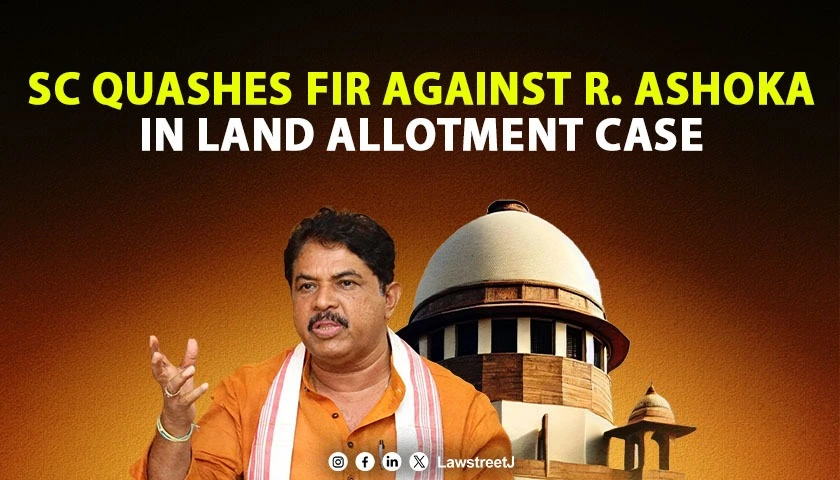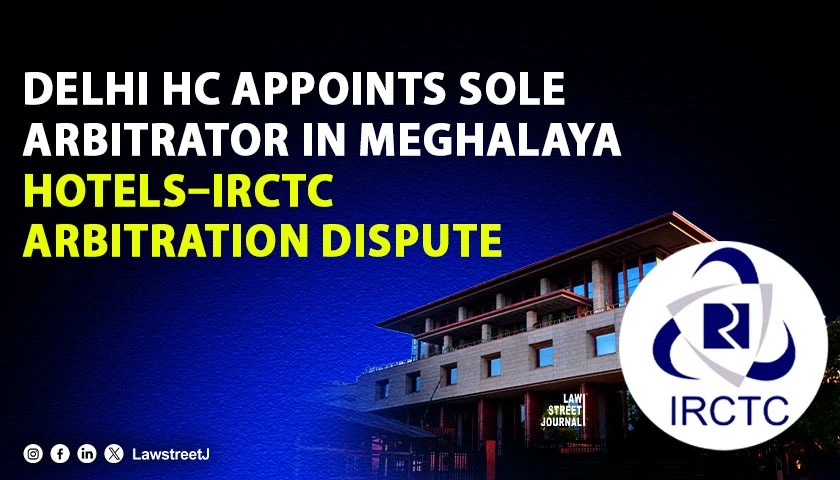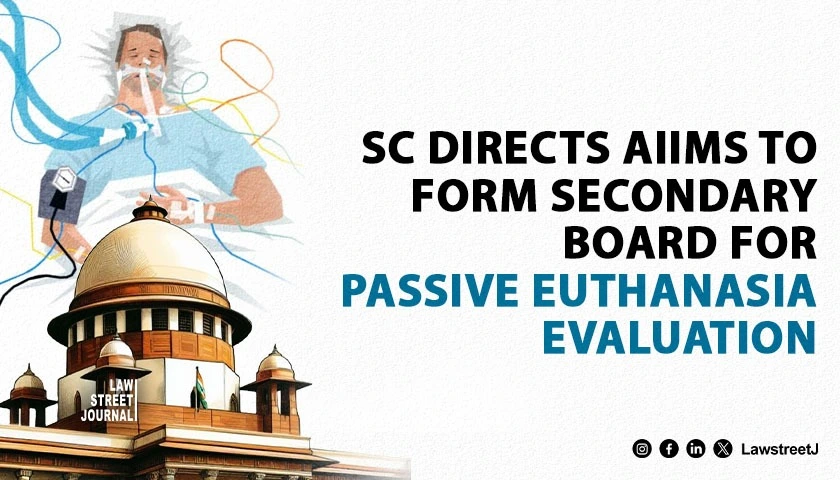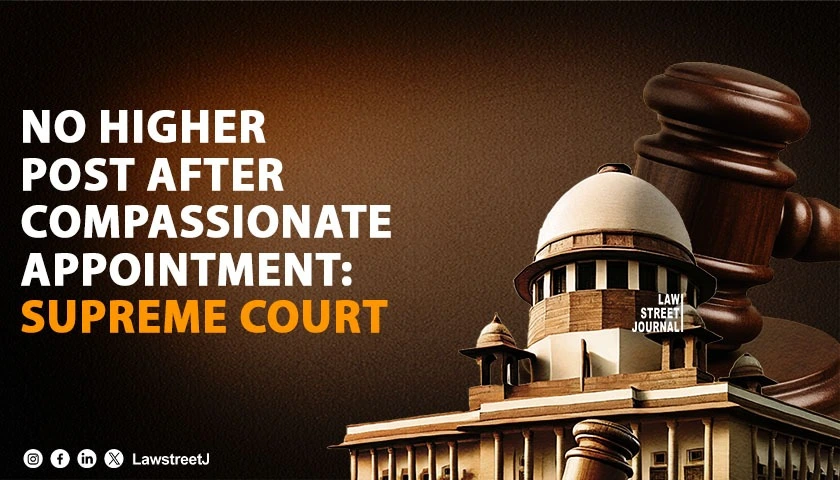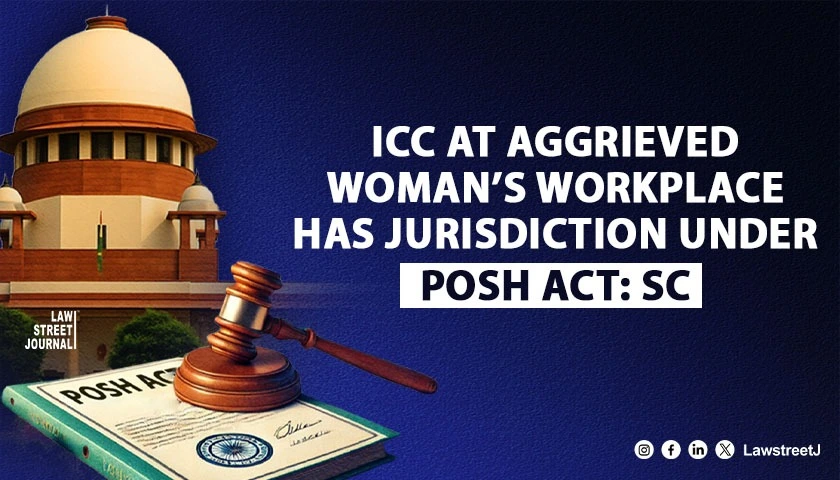A Criminal Writ Petition was recently filed before the Punjab and Haryana High Court u/A 226 of the Constitution of India for the issuance of a writ in the nature of mandamus directing respondent to safeguard the lives of the petitioners by providing police help to the petitioners and further directing the respondent not to interfere with the life and liberty of the petitioners whereby the Court considering the facts stated that the Panchayati Divorce has no recognition in the eyes of law.
However, with the petition itself, the judgment and decree passed under Section 13-B of the Hindu Marriage Act, 1955 in the case of petitioner No.2 has been attached which clearly goes to show that the petitioners are aware of the law.
Petitioner No.1 was earlier married to one Mandeep Kaur and had taken a Panchayati Divorce on 19.06.2017, whereas, petitioner No.2 was earlier married to one Harjinder Singh and had got a divorce under Section 13-B of the Hindu Marriage Act, 1955.
Learned counsel has also not been able to show as to how this Court can provide protection to the petitioners as a couple when petitioner No.1 has not legally divorced his earlier spouse. In fact, the alleged marriage itself between petitioner No.1 and petitioner No.2 would be illegal and against the provisions of the Hindu Marriage Act, 1955 inasmuch as this marriage has been contracted without petitioner No.1 being legally divorced.
The Petitioner in its contentions stated before the Court that they apprehended danger to their life and liberty. The petitioners approached this Court for protection of their life and liberty to live as a couple which cannot be considered in the facts and circumstances of the present case. It was hels that the present petition is not maintainable at the behest of the petitioners who have got married without petitioner No.1 being legally and validly divorced.
After the enactment of the Hindu Marriage Act, 1955, marriages and divorce qua Hindus is governed by the procedure as set out in the Hindu Marriage Act, 1955.
The Hindu Marriage Act, 1955 is a complete Code and provides for the conditions of marriage as well as the procedure for divorce. The contention of the learned counsel that petitioner No.1 had sought and got a Panchayati divorce is thus an argument that cannot be accepted.
As stated above, the petitioners, as individuals, would always be at liberty to approach the concerned Senior Superintendent of Police for redressal of their apprehensions regarding threats to their life and liberty.
An argument was raised by the learned counsel for the petitioners that the petitioners are uneducated people and, hence, are not aware of the niceties of the law. In view of Section 4 of the Hindu Marriage Act,1955 all customs and usages ceased to have an effect.
The petitioner Nos.1 and 2 are alleged to have got married without petitioner No.1 obtaining a legally valid divorce from his first wife. The relatives of petitioner No.2 are against the relationship of the petitioners. The Hindu Marriage Act was enacted in the year 1955. However, the petitioners have since got married on 21.01.2021 at Gurudwara as per Sikh rites and ceremonies.
It was noted thus that the learned counsel was relying upon a Panchayati divorce which has no recognition in the eyes of law.

![Panchayati divorce has no recognition in the eyes of law : Punjab and Haryana High Court [READ ORDER]](/secure/uploads/2021/02/lj_6317_high_court.jpg)
